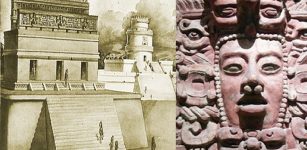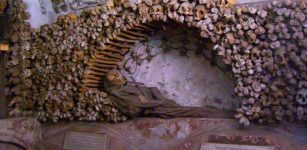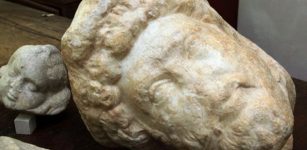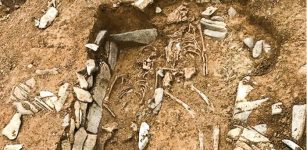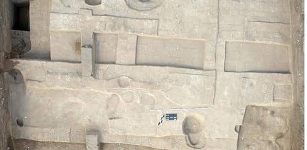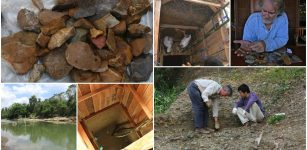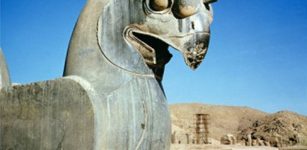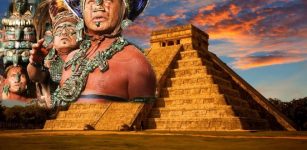LIDAR Discovers Giant Ancient Mesoamerican Calendar – Structures Were Aligned To The Stars
Jan Bartek – MessageToEagle.com – Most ancient civilizations studied celestial objects and were skilled astronomers. Countless archaeological examples have provided evidence ancient people were often more advanced than previously thought. Ancient people in Mesoamerica relied on astronomical calendars to plan rituals, coordinate farming activities, give names, and helped to follow traditions and customs.
Using LIDAR (Light Detection and Ranging), scientists have discovered a giant ancient Mesoamerican calendar built thousands of years ago along Mexico’s gulf coast. The research team of scientists from the Research Center of the Slovenian Academy of Sciences and Arts, the University of Arizona, and Colgate University analyzed ancient Olmec and Mayan archaeological sites in the southern coast of the Gulf of Mexico. LIDAR enabled the researchers to observe that several ancient Mesoamerican structures were aligned to be used as a 260-day calendar.
“Archaeoastronomical studies have demonstrated that the important civic and ceremonial buildings in Mesoamerica were largely oriented to sunrises or sunsets on specific dates, but the origin and spread of orientation practices were not clear.
Using aerial laser scanning (lidar) data, we analyzed orientations of a large number of ceremonial complexes in the area along the southern Gulf Coast, including many recently identified Formative sites dating to 1100 BCE to 250 CE. The distribution pattern of dates marked by solar alignments indicates their subsistence-related ritual significance.
The orientations of complexes built between 1100 and 750 BCE, in particular, represent the earliest evidence of the use of the 260-day calendar, centuries earlier than its previously known use in textual records,” the researchers write in their paper published in the journal Science Advances.
During the recent lidar-based archaeological research covering an area of 84,516 km2 connecting the Olmec core zone with the western Maya Lowlands, scientists identified 33,935 architectural complexes and mound groups.
The implications of this study are interesting as it confirms scientists’ suspicions that ancient people in Mesoamerica used the 260-day calendar much earlier than 300 to 200 B.C.
“The prevalence of the 260-day calendar across Mesoamerica has led various scholars to suspect that Gulf Coast Olmec culture played an important role in its development and spread and that its origins date to the era of the Middle Formative Olmec center of La Venta between 800 and 400 BCE or even earlier to the apogee of the Early Formative center of San Lorenzo between 1400 and 1100 BCE.
Reliable evidence of its origin, however, has been lacking. Before our study, the earliest unequivocal epigraphic evidence of the 260-day calendar was a 7–deer day sign found in Late Formative mural paintings at the central lowland Maya site of San Bartolo, Guatemala, dated to 300 to 200 BCE.” the research team explains.
The central E-W axis of the E-Group matches sunsets on 30 April and 13 August, which could have been observed from the highest pyramid over a smaller one to the west. Credit: Takeshi Inomata
Remains of 415 ceremonial complexes built by Olmec or Mayan people and scientists observed the ancient structures seemed perfectly aligned to the rising and setting of the Sun and Moon would rise and set.
Some orientations seemed to correspond with other astronomical phenomena, such as the extremes of Venus, which was thought to herald rains and harvests.
This large LIDAR study revealed not only that Mesoamerican cultures had an advanced and sophisticated understanding of the stars and other celestial objects even all the way back in 1100 B.C. but also that these people used the 260-day calendar several hundred years earlier than was previously believed.
The study was published in the journal Science Advances
Written by Jan Bartek – MessageToEagle.com – AncientPages.com Staff Writer



